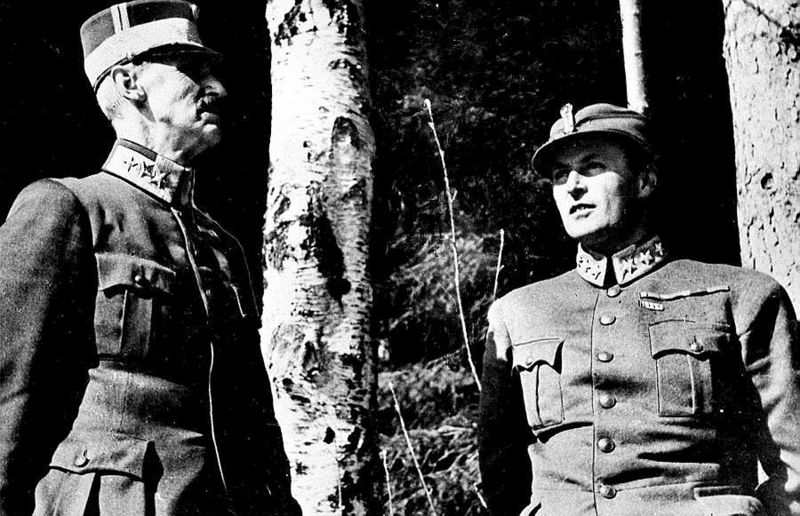
It has been 80 years since the German invasion of Norway. Hitler was looking for the Norwegian Royal Family, and for a while, he also tried to get the 3-year-old Prince Harald to rule the nation as a child king. The royal family managed to escape and lived in exile in the UK and the US for the next five years. Crown Princess Martha left Norway with Prince Harald, Princess Ragnhild and Princess Astrid while King Haakon VII and only son, then Crown Prince Olav, continued to lead the military fight in Norway. The campaign went badly and, on April 28, King Haakon and Crown Prince Olav sought refuge in the city of Molde, west in Norway.
The city of Molde was first attacked by German planes on April 17. The King, Crown Prince and the elected Norwegian government travelled to the city soon afterwards and arrived on April 23. In Molde the King and the Crown Prince stayed at Glomstua. The royals teamed up with general Otto Ruge who led the fight in this area. He had been back up by British and French forces.

It is uncertain how but the German forces became aware that both Norway’s monarch, his son and the government were in Molde, and that large British-French forces had arrived in the city. The Germans were looking for the king but now they did not want to capture him, as they had wanted in early April. Now the goal was to get rid of the king. A large number of German warplanes were sent to the city to kill the king. The attack came as a surprise and on April 28, 1940, Molde was bombed.
Only a few seconds warning before the attack were given to the monarch, who fortunately lived on the outskirts of town. The King and the Crown Prince sought shelter in a wooded area near the town and the famous image at the tree “Kongebjørka” was taken during the attack.

From April 24 until early May, Molde, Åndalsnes, Kristiansund and a number of smaller places were subjected to massive bombing by German forces. The city burned on April 29 after the bombing and the population tried to rescue furniture and other objects by boat.
Late on the evening of April 29, King Haakon boarded the British cruiser “Glasgow” to be transported to Tromsø. Large parts of the gold stock were also shipped away. Molde was on fire while the evacuation was under way.

“Kongebjørka” the tree that King Haakon and Crown Prince Olav stayed at during the bombing of Molde became a national symbol and memorial to the German occupation of Norway. King Haakon VII and Crown Prince Olav were photographed here by Per Bratland while seeking shelter during the German bombing of Molde. In 1955, King Haakon unveiled a memorial plaque at the place of the old tree. The tree itself was destroyed by vandals in 1981, but a new one was planted by King Olav in 1982. During New Year’s Day on January 1, 1992, the new tree was destroyed, but a new one was planted by King Harald later that year.

